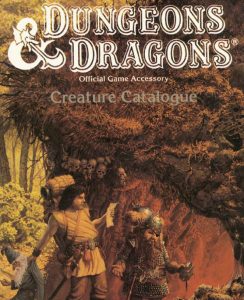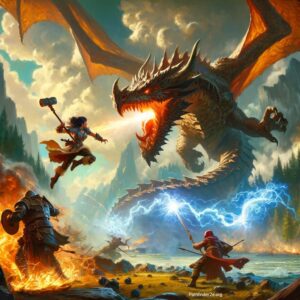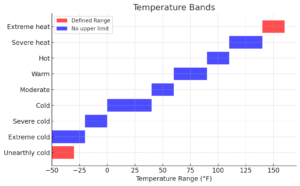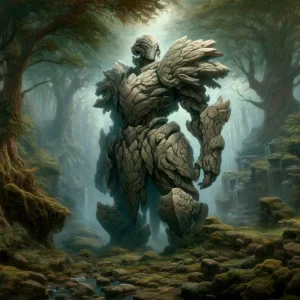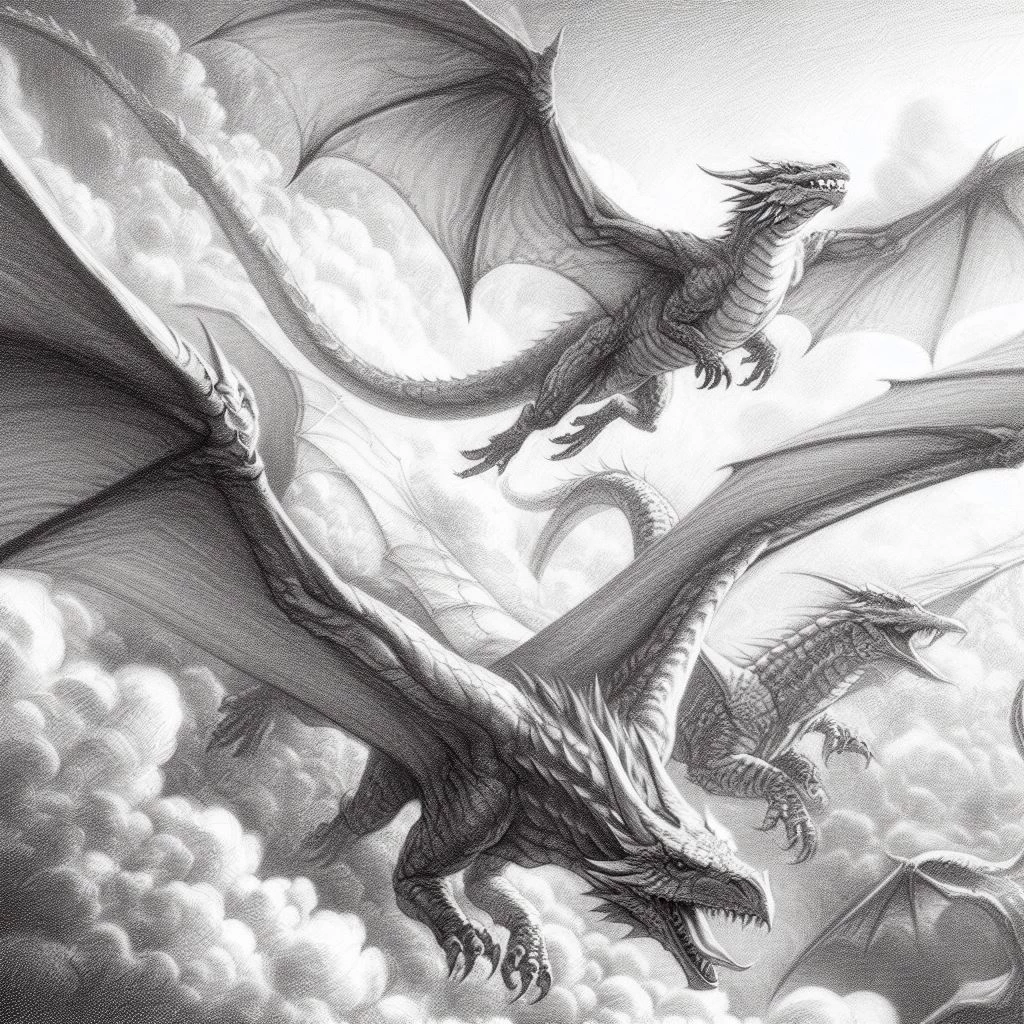
In the universe of Dungeons and Dragons, draconomicon of dragons stand as the epitome of grandeur, peril, and enigma. From the ferocious white wyrm stalking the icy tundra to the awe-inspiring golden drake that soars through crystalline skies, dragons define the zenith of challenges and the ultimate spoils adventurers could dare to dream of. Encountering a dragon is the pinnacle, whether it's a fledgling wyrmling lurking in the depths of an uncharted cave or a titanic great wyrm you confront at the apex of your heroic journey. These climactic encounters are not just bouts of adrenaline-fueled combat; they're treasure troves of lore, laden with the spoils of glittering hoards.
Dragons are the sagas incarnate. Mythical beings, said to be among the first sentient species to grace a world, their lifetimes span epochs. They are living anthologies of ancient wisdom and fabled secrets. They aren't mere foes to be vanquished; they're soothsayers and mentors, keepers of prophecies yet to unfold. Their mere presence heralds either immense fortune or impending doom.
In a D&D universe, where every inch is steeped in magic and riddled with wonder, dragons serve as the ultimate testament to the realm's awe-inspiring scope. To call them 'glorified lizards with pyrotechnic abilities' would not only trivialize dragons but also strip the D&D cosmos of its rich tapestry of legends and tales that elevate dragons to a legendary status so indelible, it's etched into the game's very name.
Dragons are world-shakers. Whether it's a young wyrmling terrorizing pastoral livestock or the formidable Ashardalon feasting on the souls yet to be born, dragons enact deeds that reverberate across dimensions. They're not just creatures; they are the pulsing heart of fantasy itself.
And that is why this tome exists: the Draconomicon. Far more than a mere rulebook, it's a comprehensive guide that elevates dragon encounters to a new level of excitement and complexity. Dungeon Masters will find a treasure trove of strategies, spells, and new classes to augment their dragon-centric narratives, while players can discover strategies for dragon-slaying and adopt new abilities to become either the ultimate dragon hunter or perhaps even a dragon ally.
But don't let the rules overshadow the spectacle. The artwork within this website is designed to rekindle a sense of awe and majesty, offering a glimpse into the awe-striking duality of dragons-as both malevolent predators and sublime wonders. Although new rules and tactics may quantifiably affect your gameplay, the true magic lies in the renewed sense of wonder these celestial beings bring to your table.
So, let the Draconomicon be your muse. Whether you're crafting enthralling stories about vaults protected by cunning dragons or envisioning a hero astride a noble silver dragon battling Tiamat's minions, this website serves as your key to unlocking not just new rules, but also the unbounded enchantment needed to bring your game to life. With this website in hand, you're not just playing a game; you're inheriting a legend. Modify it, relish it, make it your own. This will be your guide.
Because in the multifaceted universe of Dungeons & Dragons, the term "dragon" is more than just a simple label; it's an umbrella concept that encompasses a wide range of fantastical beings, each extraordinary in its own right. While this platform zeroes in mainly on the paragons of draconic essence as articulated in deep in the website of Pathfinder2e - namely, the five chromatic dragons (black, blue, green, red, white) and their metallic brethren (brass, bronze, copper, gold, silver)-it's crucial to remember that these are what we refer to as "true dragons."
These iconic creatures are not static; they become increasingly potent and wise as they journey through the various stages of their long lives, evolving in power much like fine wine improves with age. Yet, in Pathfinder2e you will find many other type of creatures, similar to, else family of, dragons.
But let's not overlook the unique grouping of 'lesser dragons.' It's a moniker that could mistakenly imply inferiority, but make no mistake-these beings can be just as formidable and intriguing as their 'true' kin. Lesser dragons may not possess the age-gated metamorphosis of true dragons, but what they lack in evolutionary breadth, they more than make up for in their unique attributes and idiosyncrasies.
Among these lesser dragons are the dragon turtle, the pseudodragon, and the wyvern, each described in meticulous detail within this website. The dragon turtle, for instance, reigns supreme in aquatic realms, a colossus that commands the tides and embodies the fury of the ocean depths. The pseudodragon, on the other hand, might be small in stature but is rich in personality and magical affinity, often forming telepathic bonds with spellcasters. And let's not forget the wyvern, a creature of raw, untamed power, boasting venomous stingers and a ferocious disposition.
So, while the term 'dragon' may conjure images of grand, fire-breathing serpents swooping from the skies, it's crucial to appreciate the expansive diversity that the term embraces. Whether we're talking about the ancient wisdom and elemental mastery of true dragons, or the distinct skills and niches occupied by their lesser cousins, each dragon type enriches the fantastical world of Dungeons & Dragons. Their multifaceted existence offers an array of challenges and wonders that captivate adventurers, inviting them to look beyond the obvious, to explore the deeper lore, and to prepare for an assortment of unforgettable encounters.

